Networked Lethality and Things to Come
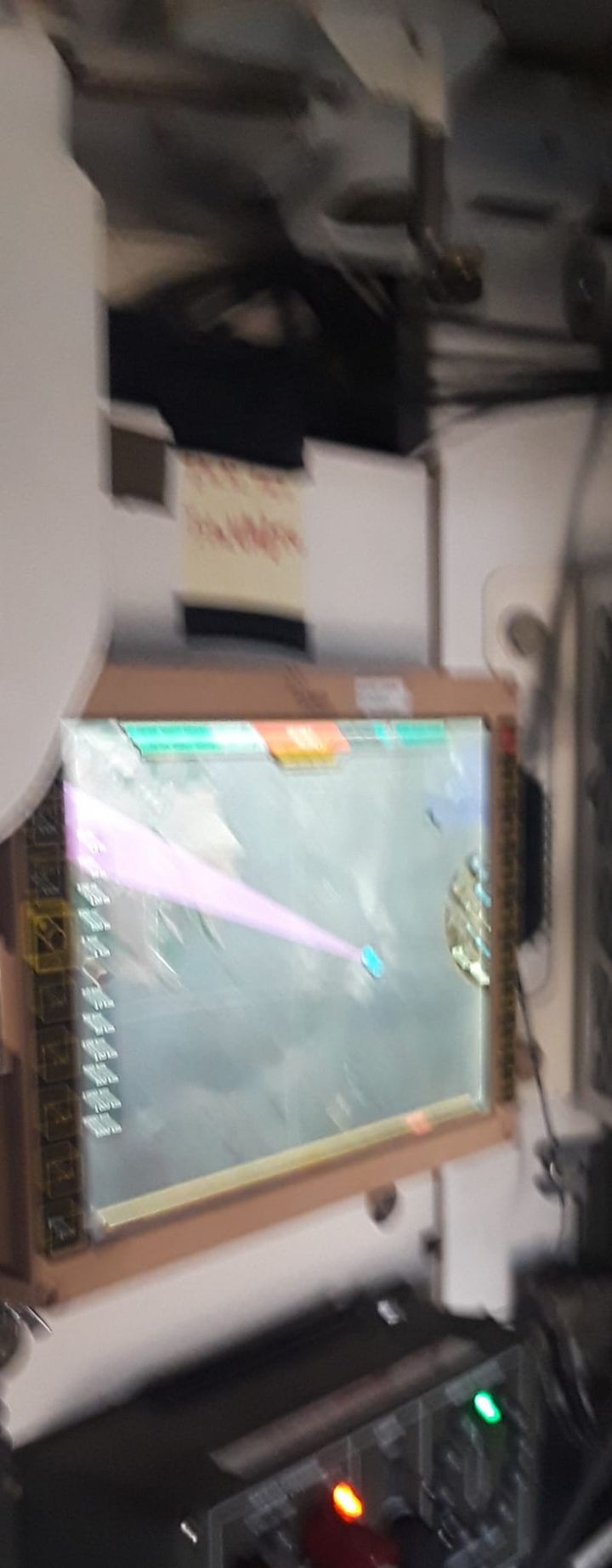
Today’s article will focus on Networked Lethality, the current and future vision, and a basic overview of how it is used, some of its capabilities, and what it means.
Please keep feedback, comments, and thoughts constructive, on topic, and unemotional. Thoughtful and intellectual conversation is highly encouraged!
Introduction to Networked Lethality
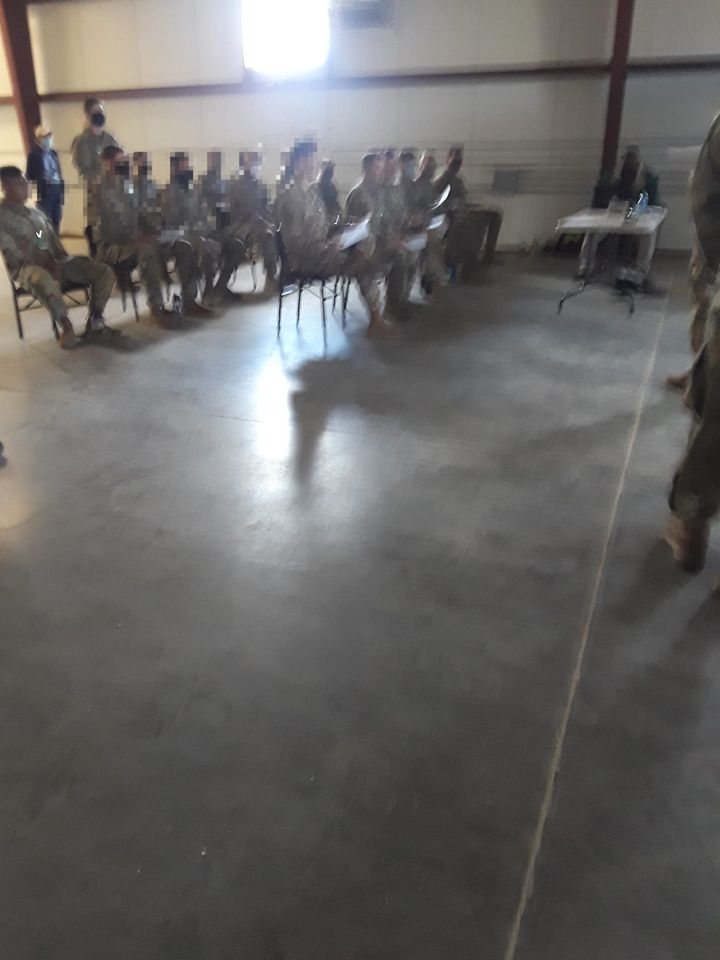
In basic practice, this effort centers on taking platforms, systems, and formations, networking them together, and tying munitions into the equation, thus increasing the common operating picture across the formation[s], increasing the capabilities of each node, and lastly increasing the lethality of each fighting element.
One particular army has done just that and is currently fielding this capability, with an initial goal of multiple brigade sets!
This process will take an infantry carrier vehicle or one of its variants and mate advanced capabilities to detect, recognize and identify targets at far range, or pass along the targeting information digitally, in real-time, to an adjacent platform or formation for engagement, all silently. It can also engage directly if the situation requires.
Key Features of Networked Lethality
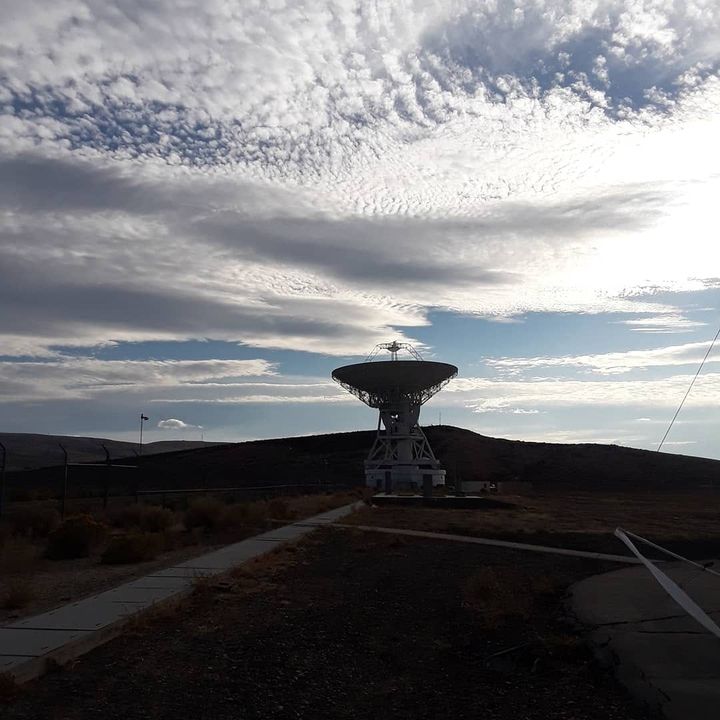
Included in this process are a few nifty tricks, one being cueing. Cueing will allow real-time data to appear on the display panel[s] of another networked platform or formation, allowing another crew[s] to locate exactly where the target[s] are via an arrow indicator leading the way to the target on their display.
This dramatically helps to cut down acquisition time and increases engagement time [auto slew functions].
Another nifty trick is passive target identification and locator, in all weather conditions, day or night at ranges in excess of 15km along with the registration of precise target location, whether or not the target[s] move. This means an accurate 8 to 10 digit grid can be obtained silently, from up to 15km away, which means deadly and accurate direct or indirect fires can occur without any warning to the targets. There are no lasers, beams, or energy systems to give a heads up and alert an enemy protective system or target, save the explosions.
Tactical Advantages and Operational Uses
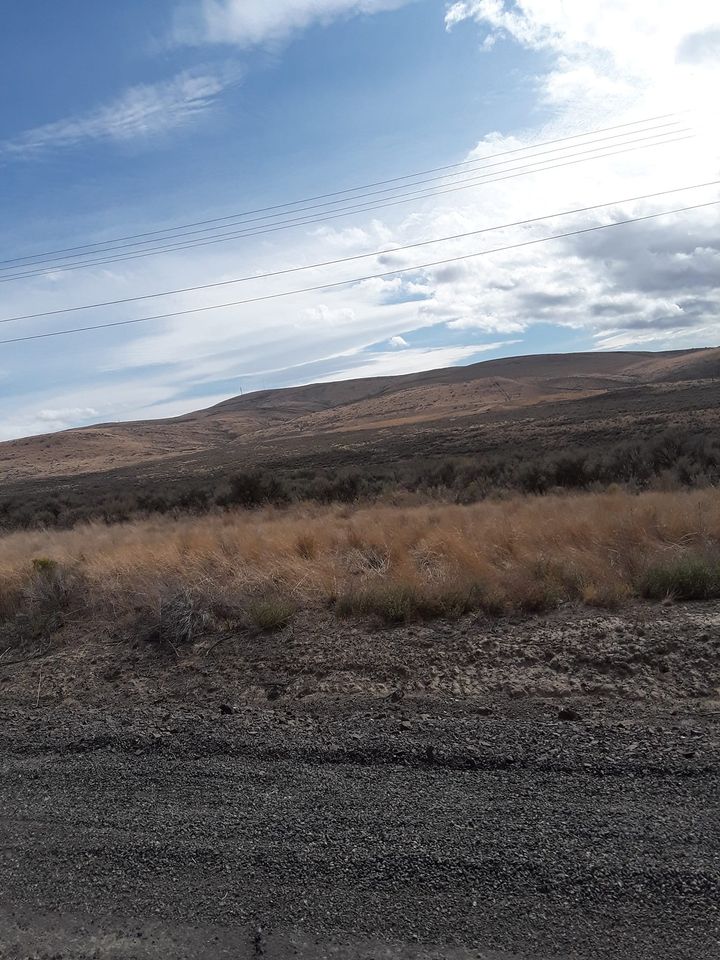
Engagements can occur from an entirely different direction too. Via networked lethality, one force can be positioned in the direct path of an enemy formation and transmit digitally in real-time to other friendly forces that are hidden and out of enemy observation and direct fire range.
As an example, a reconnaissance troop or infantry company can be observing an enemy tank or infantry battalion attacking or advancing along an axis towards their positions. The company or troop can digitally transmit firing data, including video or photo feed, to another unit hidden several kilometers away, off to their sides/flank, or placed further behind the forward line of trace for engagement purposes.
Additionally, this targeting information can be passed to air assets, whether it be fixed-wing or rotor blade in support and situated in a holding pattern. It can be transmitted in real-time to artillery units equipped with modern MRLS or self-propelled artillery batteries with firing ranges in excess of 70km and with pinpoint accuracy.
Future Capabilities and Developments
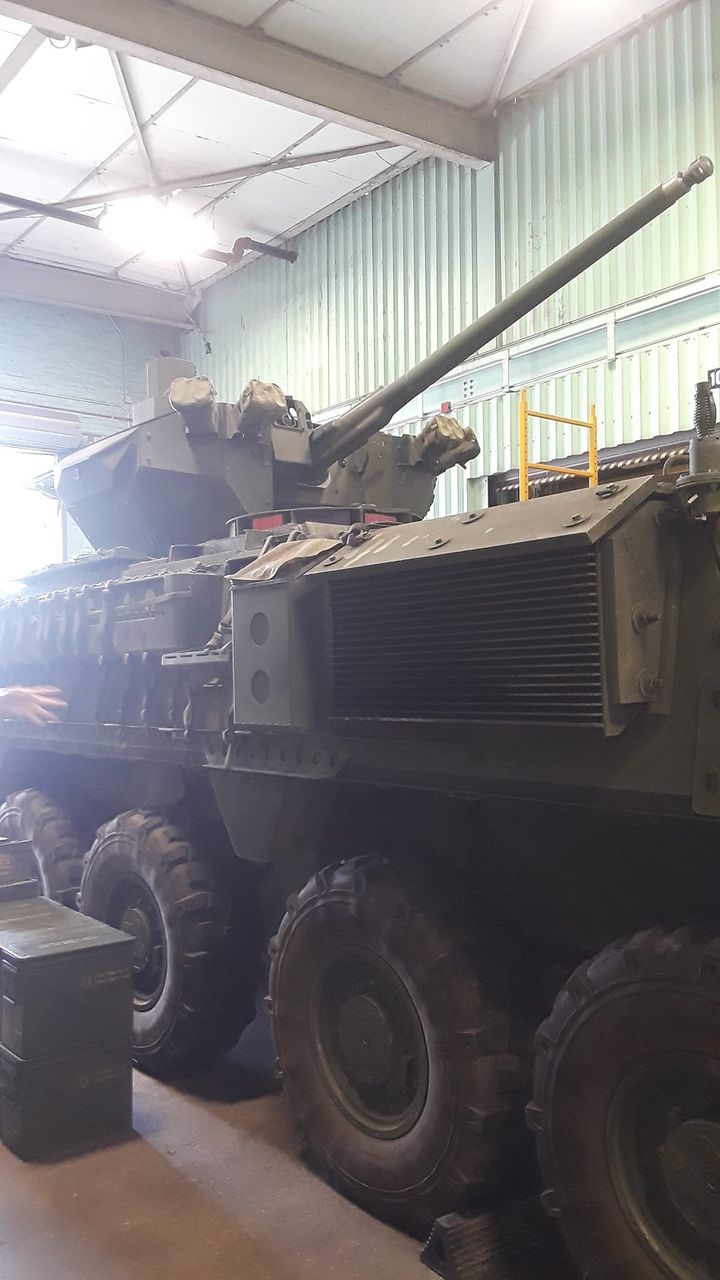
Most impressively, however, are two other abilities currently awaiting test and evaluation starting next year! And once completed, they too will be fielded at full rate production.
These two abilities are:
1. **Networked New Generation Variants of Medium Range Anti-Tank Missile**: The new software upgrade will allow this variant, which is mounted and dismounted, to engage targets from unseen positions without the operator even seeing the target themselves, at a distance that exceeds the moniker of “medium range.” However, at this time only the under armor variant will be fielded until later this decade.
What this means is that one unit can be observing an enemy formation and pass along digital targeting data in real-time to several dismounted ATGM teams concealed and out of enemy observation, say behind a defilade or hill. These dismount teams can then accept the cueing function for their missiles and engage targets without having to acquire them or expose themselves to enemy fire.
2. **Networked Lethality Equipped Fighting Vehicle**: A fighting vehicle with touch screen automated target acquisition displays and AI-enabled support, mated to a precise and hard-hitting 30mm or 50mm cannon that can rip through Tier 1 infantry fighting vehicles at ranges in excess of 3km. These vehicles will also possess either mounted ATGMs or dismounted ATGM capabilities, depending on the platform.
Conclusion
What’s worse for any potential adversary is that each formation will have the entirety of these capabilities, plus each vehicle in the formation will have a dismounted ATGM team with it, and reloads to boot, not to mention their army’s armored formations would likely be in close proximity too.
This technology is in play today. In the near future, this technology will be applied to other combat formations and is also just one part of the parent program that synergizes ground, naval, air, space, and strategic forces into a single lethal war machine dubbed “Project Convergence”. Soon these formations will also be augmented with unmanned ground, air, and naval drones.
These capabilities today and tomorrow will allow this force to fight more dispersed and provide significant operational engagement options for maneuver commanders.
This future is already here and is currently being fielded.. bad guys beware… the fight is not going to be fair.
Lastly, in the comment section, drop a line if you want another topic written about, there is a whole world out there to cover. Until next time.
-Mel Daniels










